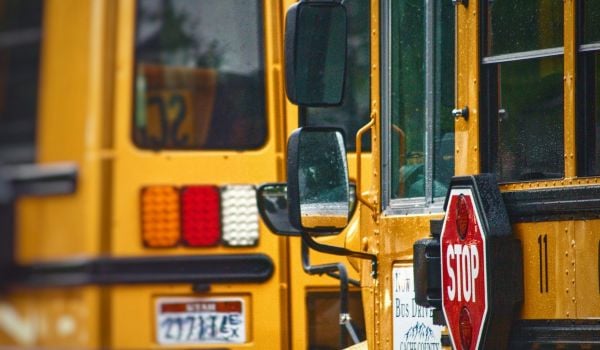Sliding off their backpacks as they come through the front door of the local Boys and Girls Club, a group of students grab pool cues. Outside, children laugh as they bat around a beach ball on the lawn.
But the upbeat mood belies the more serious reason that brings many of them here: They’re missing too much school. A short distance from southern California’s famous theme parks, the bright blue stucco building has become an extension of the Buena Park School District’s response to soaring absenteeism. The club is a place to make friends and for many, offers the only stability they’ve had during the pandemic.
“We are serving a need that the school hasn’t been able to fill,” said Luz Valenzuela-Trout, director of operations.
The district’s partnership with the club is an example of the extensive steps many educators nationally are taking to track down students missing school and reverse unprecedented levels of disengagement. But those efforts are rubbing up against the sheer scope of the problem. Chronic absenteeism has hit 40% in the nation’s two largest districts, New York City and Los Angeles, and is reaching dangerously high numbers in many districts in between.
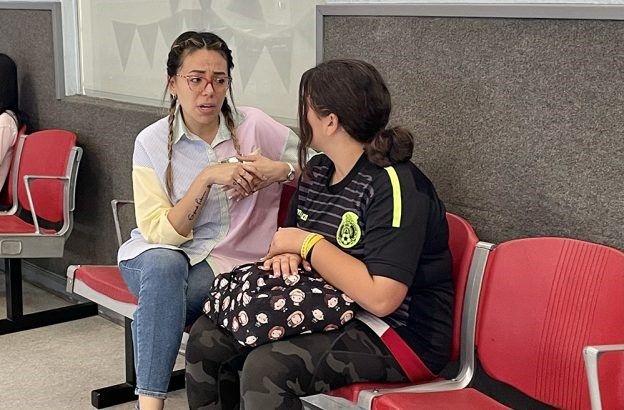
Luz Valenzuela-Trout, director of operations at the Boys and Girls Club of Buena Park, talks with a student. (Photo by Linda Jacobson)
“The pandemic radically changed norms about going to school,” said Emily Bailard, CEO of EveryDay Labs, a company that partners with school districts to improve attendance.
It has compounded issues that have always contributed to absenteeism, from lack of food at home to bullying in school, she said. Many teens began working or added more hours at their jobs to help out their families. Now educators “have to be able to address four or five things instead of one or two.”
Elsie Briseño Simonovski, the Buena Park district’s director of student and community services, sometimes scours apartment complexes with granola bars in her pockets to round up children who might otherwise not make it to class. She escorts families to gas stations to fill up their cars — courtesy of a state grant that covers fuel costs if parents show they’re taking their kids to school.
Yvette Cantu, the district’s chief academic officer, said even high-achieving students have racked up more absences than usual during the pandemic. Such students often thrive on positive feedback from adults, she said, something they missed during closures and quarantine.
‘For No Reason’
In some districts, chronic absenteeism far exceeds the 10% a year that typically defines the problem. In March, the U.S. Government Accountability Office released data showing that over a million teachers — nearly half — had at least one student during the 2020-21 school year that never showed up for class.
Some educators say they haven’t seen any improvement since then.
Jenevieve Jackson, a digital photography and video teacher in the Orange County Public Schools in Florida, has some students who have only been in class twice the entire year. Others have racked up over 80 absences.
“Many of the absences are for no reason. The students who were not that excited about school in the first place are even less motivated,” Jackson said. The district hired “intervention teachers” to help struggling students, she said, but “they’re often used to cover the massive teacher and sub shortage and to proctor exams.”
Schools are under pressure to reduce chronic absenteeism because most states track it for federal accountability purposes. Those rates, however, offer little information about what schools are doing to improve attendance, according to Jing Liu, an education professor at the University of Maryland.
He thinks that needs to change. In a recent paper published by the conservative Thomas B. Fordham Institute, he recommended reporting attendance in a way that goes beyond chronic absenteeism. He proposed an “attendance value-added” measure that would reveal schools’ contributions to reducing absenteeism and offer “a much fairer” comparison.
Focusing on ninth graders, Liu analyzed 16 years of attendance data from a diverse, urban school district in California with 60,000 students. On average, students in the sample — he would not identify the district — missed 79 class periods each year, or roughly 11 school days.
But when he disregarded characteristics that schools can’t control — like race, gender and poverty level — attendance rates leaped by 28 class periods, or about four days, in schools with a strong value-added result. In some schools, the average rates increased as much as eight days.
Todd Rogers, a public policy professor at Harvard University who studied absenteeism and launched EveryDay Labs, said the concept “seems like an amazing idea.” Nudging parents to get their children to school and showing them how absences add up — a method Rogers studied — only reduces chronic absenteeism by 10% to 15%.
“There’s no silver bullet, so the goal is to do everything you can that works,” he said.
But for the time being, schools are struggling to address the problem in front of them.
“It’s going to be really hard in the short term until behaviors and school norms stabilize,” Rogers said.
‘The Heavy Lift’
In the Metro Nashville Public Schools — with a 30% chronic absenteeism rate this year — Carol Lampkin, the district’s director of attendance services, said students are less likely to come to school if their teachers are absent, a problem that has intensified with staff members out because of COVID.
The issue has fueled creative approaches to reminding parents of the importance of keeping their children in school. Staff members recently gathered at a local Baptist church as part of their newest strategy — offering information on COVID vaccines, housing and transportation assistance in hopes of pinpointing the reasons children miss school.
Families whose children have at least half a dozen absences were more likely to get an invitation or a knock on the door, urging them to attend the event.
“The idea was to take the heavy lift off of the schools,” Lampkin said. “Our schools, our teachers, our principals … are dealing with so much.”
Lampkin thought grilled hot dogs and hamburgers, served while DJs spun family-friendly tunes, would be more effective at getting frequently absent students back in class than stern warnings about truancy.
Sonya Thomas, executive director of Nashville PROPEL, a parent advocacy organization, said she appreciates what the district is trying to do, but thinks officials could be overlooking important reasons students are absent.
“I don’t think it has anything to do with affordable housing,” she said. She urged educators to ask themselves, “What does the school culture look like when [students] enter the building?”
She’s worked with families whose children have been suspended multiple times this year for dress code violations, and she recently held a press conference to draw attention to a Black student who reported being called the N-word by a paraprofessional. (A spokesman for the district said the employee has been placed on administrative leave and will “face appropriate disciplinary action” if the report is substantiated.)
“We’ve got to dig deeper. Is that child being bullied at school?” Thomas asked. “Is that child feeling like they’re not doing well?”
Liu’s research backs up Thomas’s concerns. Examining three years of survey responses from students, he found that the most likely way to improve the value-added measure was to increase their sense of safety at school.
Meanwhile, Simonovski in Buena Park developed her own method of recognizing schools for reducing absenteeism. Instead of just giving awards to those with the highest attendance — which meant a lot of repeat winners — she highlights schools showing the most improvement.
Winners get what she described as a sort of “Publishers Clearinghouse” ceremony — balloons, certificates and trays of treats.
That tells schools, “we’re paying attention,” she said, “and we’re celebrating these checkpoints with you.”
This story was originally published by The 74 Million and appears here as part of the SoJo Exchange from the Solutions Journalism Network, a nonprofit organization dedicated to rigorous reporting about responses to social problems.
Linda Jacobson is a senior writer at The 74 Million.

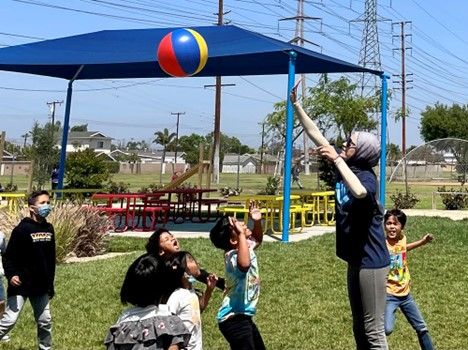

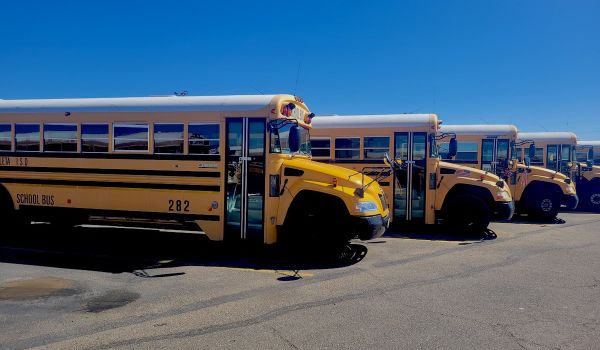
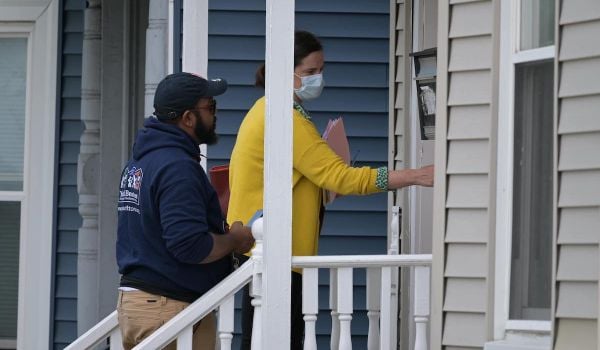
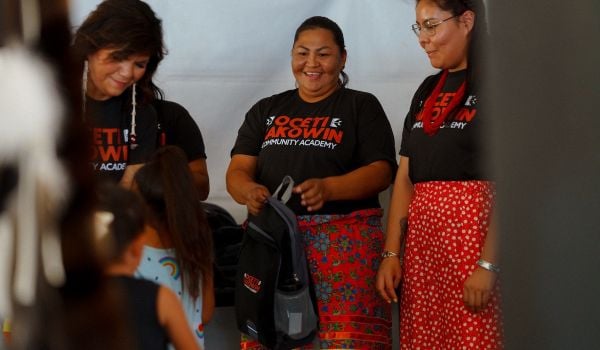
_(1)_600_350_80_s_c1.JPG)
